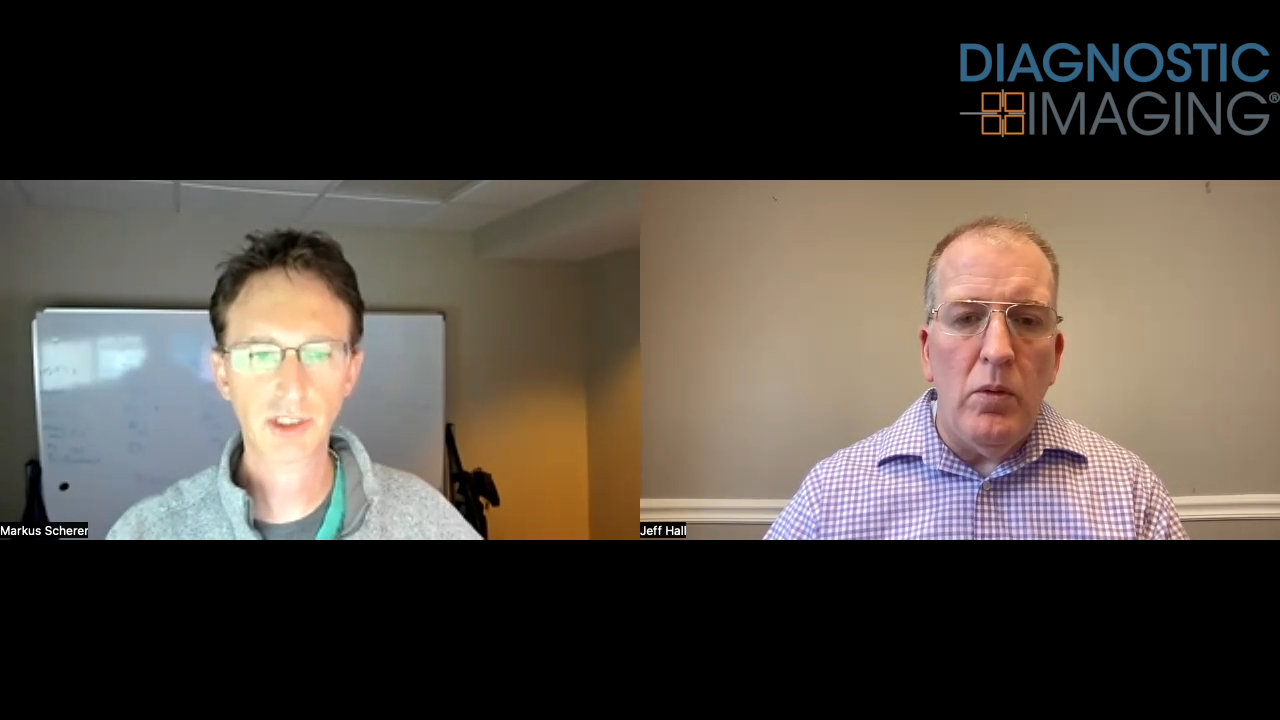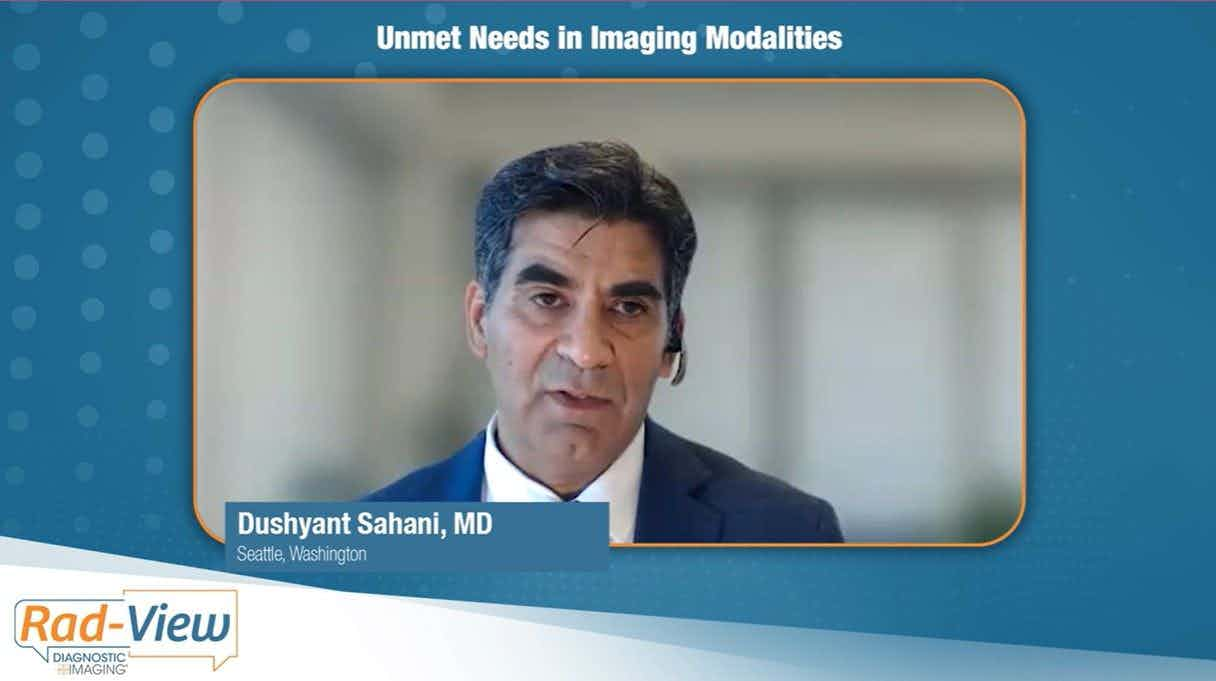The future of total service ranks a ‘high five’
When discussing the importance of understanding your competition, we used a tool known as the High 5. The High 5 provides a company with the best approach to servicing customers. By knowing the five key factors a customer would use to select between competitors, and providing the best response to each, a company puts itself in the win position.
When discussing the importance of understanding your competition, we used a tool known as the High 5 (DI SCAN, 4/7/06, High 5 highlights importance of understanding the competition). The High 5 provides a company with the best approach to servicing customers. By knowing the five key factors a customer would use to select between competitors, and providing the best response to each, a company puts itself in the win position.
One of the elements of the High 5 is "total service." The word total refers to all the possible factors required to adequately serve the needs of the customer. If we look at the history of service, we find that the concept has expanded significantly since the time when service mainly referred to keeping equipment up and running, as in the days of basic x-ray.
When CT entered the picture, in the mid-1970s, providing applications was added to the service picture. The need for vendors to supply applications expanded again when ultrasound came of age a few years later. Then, with the emergence of MRI and the simultaneous birth of outpatient imaging centers in the early to mid-1980s, marketing assistance became an important way for companies to distinguish themselves in terms of providing total service. This required a fundamental shift in corporate thinking. It meant, for the first time, that companies would need to engage with aspects of their customers' business.
When PACS emerged on the scene some 20 years ago, the need for long-range planning and consultative services became part of the service equation. I can remember offering customers an outside (or third-party) service for PACS planning as part of a bid that included a number of modalities. Offering a higher level of service with PACS often made the deal happen for the modalities, even though the purchase of PACS products was several years away.
Over the last 10 years, workflow has become an important part of the service equation. More recently, with the introduction of spiral CT and the huge volumes of data it generates, workflow has taken on an even more significant role as a way of differentiating between company offerings. Spiral CT and other 3D techniques have also created a gap between data generated and the customer's ability to adequately convert it into information usable for decision-making.
The solution is in the emergence of third-party service providers that receive data from a clinical site, convert it into adequate 3D imagery, and return it to the site for use by the doctors. The example of CT angiography demonstrates the need for vendors, or their respective third-party resources, to get closer to the process and understand the clinical requirements of the customer. They must then match the clinical process with their technical capabilities to provide the right product for the job. I like to refer to this as the clinical/technical tie. Making the clinical/technical tie occur has never been more important for the user even as it becomes more challenging for vendors.
Total service is, therefore, going to take on a whole new dimension in the years ahead. This is, of course, in addition to keeping equipment operational while providing applications, marketing support, long-range planning, and workflow improvements.
Ronald Schilling is an editorial advisor to Diagnostic Imaging and president of RBS Consulting in Los Altos Hills, CA. Comments can be addressed to ronald11341@aol.com.
Can Emerging AI Software Offer Detection of CAD on CCTA on Par with Radiologists?
May 14th 2025In a study involving over 1,000 patients who had coronary computed tomography angiography (CCTA) exams, AI software demonstrated a 90 percent AUC for assessments of cases > CAD-RADS 3 and 4A and had a 98 percent NPV for obstructive coronary artery disease.
Study Examines CT-Based AI Detection of Incidental Abdominal Aortic Aneurysms
April 29th 2025The AI software Viz AAA offered a sensitivity of 87.5 percent in detecting abdominal aortic aneurysms on contrast-enhanced CT, according to new retrospective research presented at the American Roentgen Ray Society (ARRS) conference.










